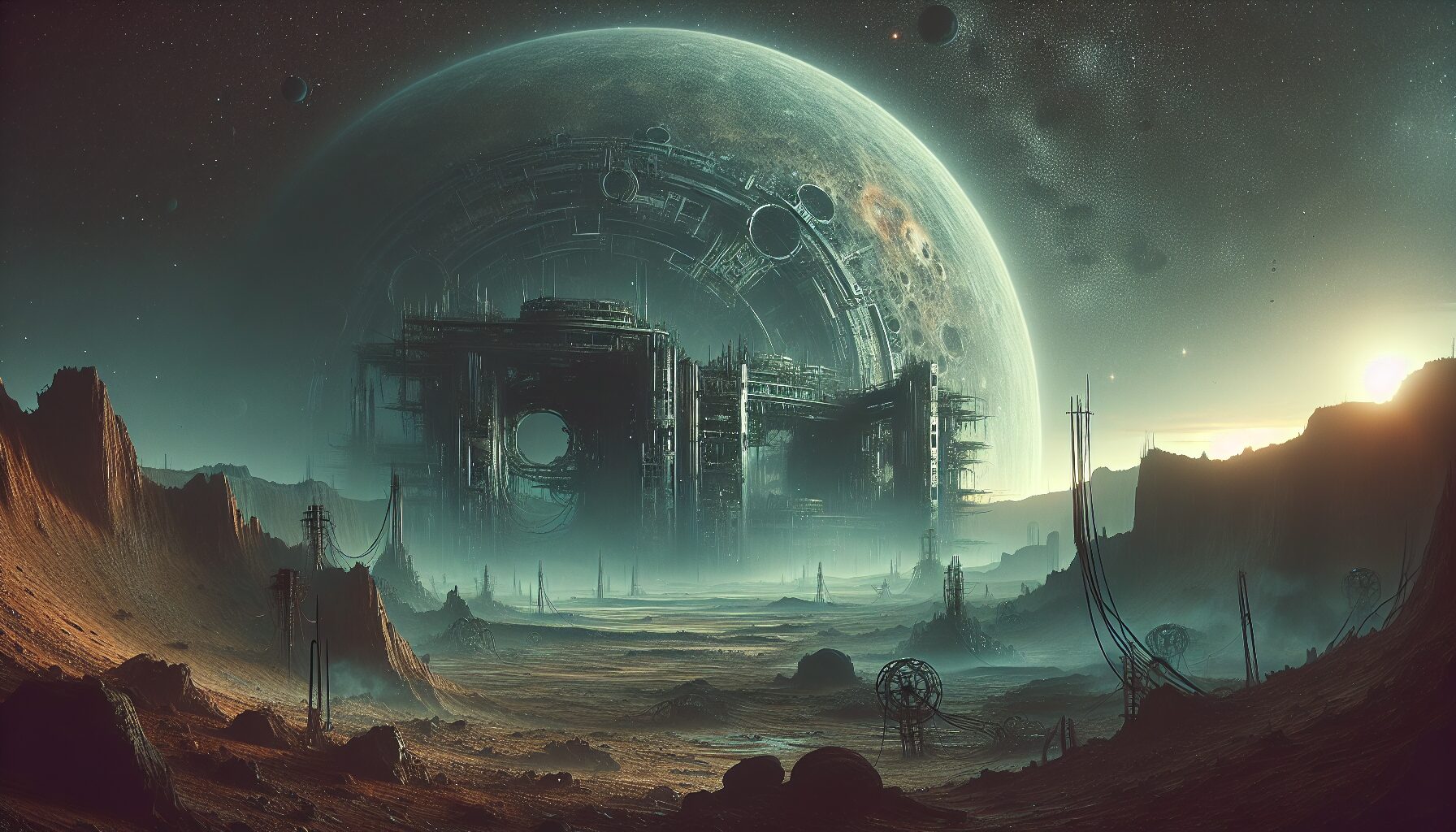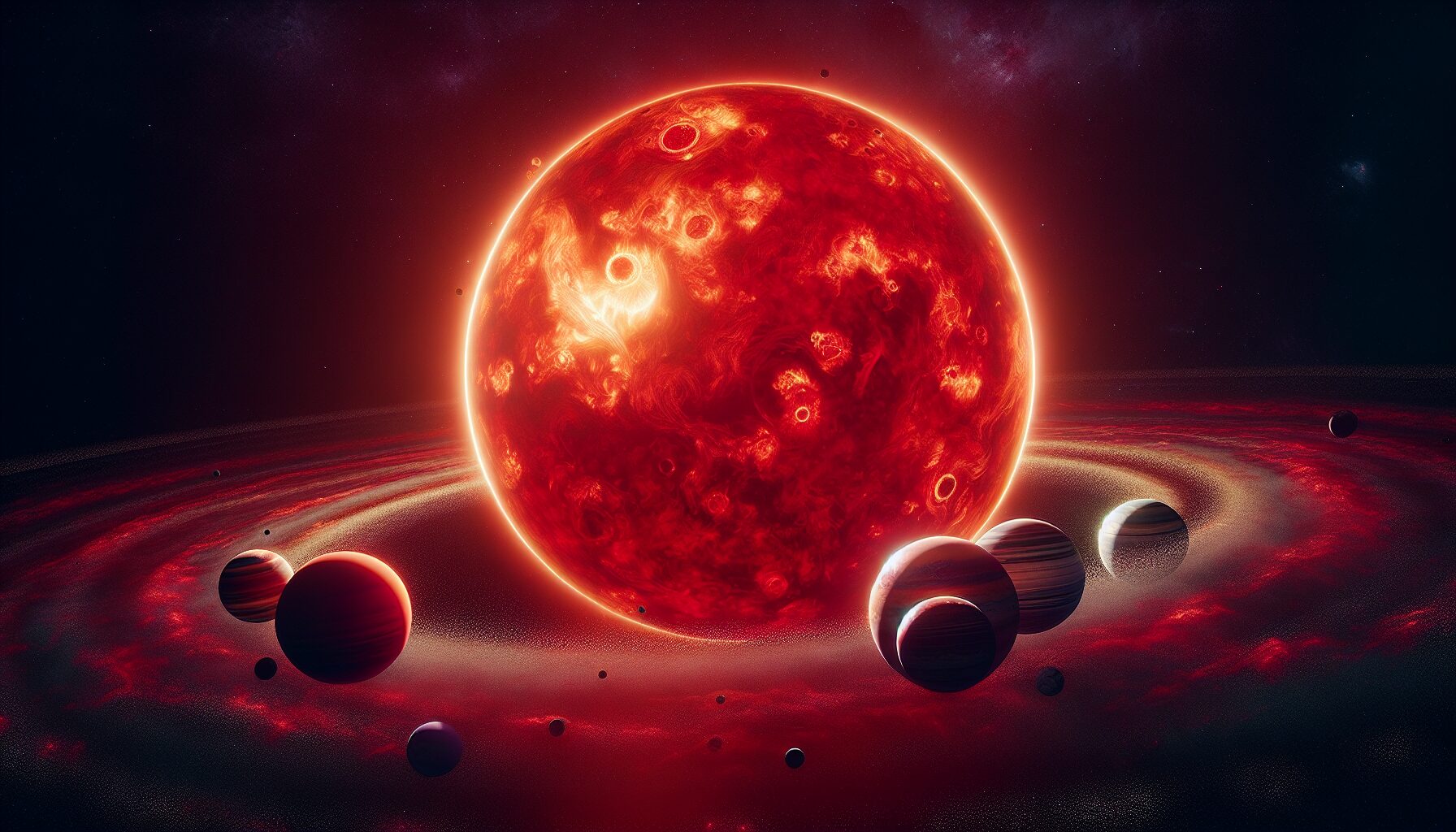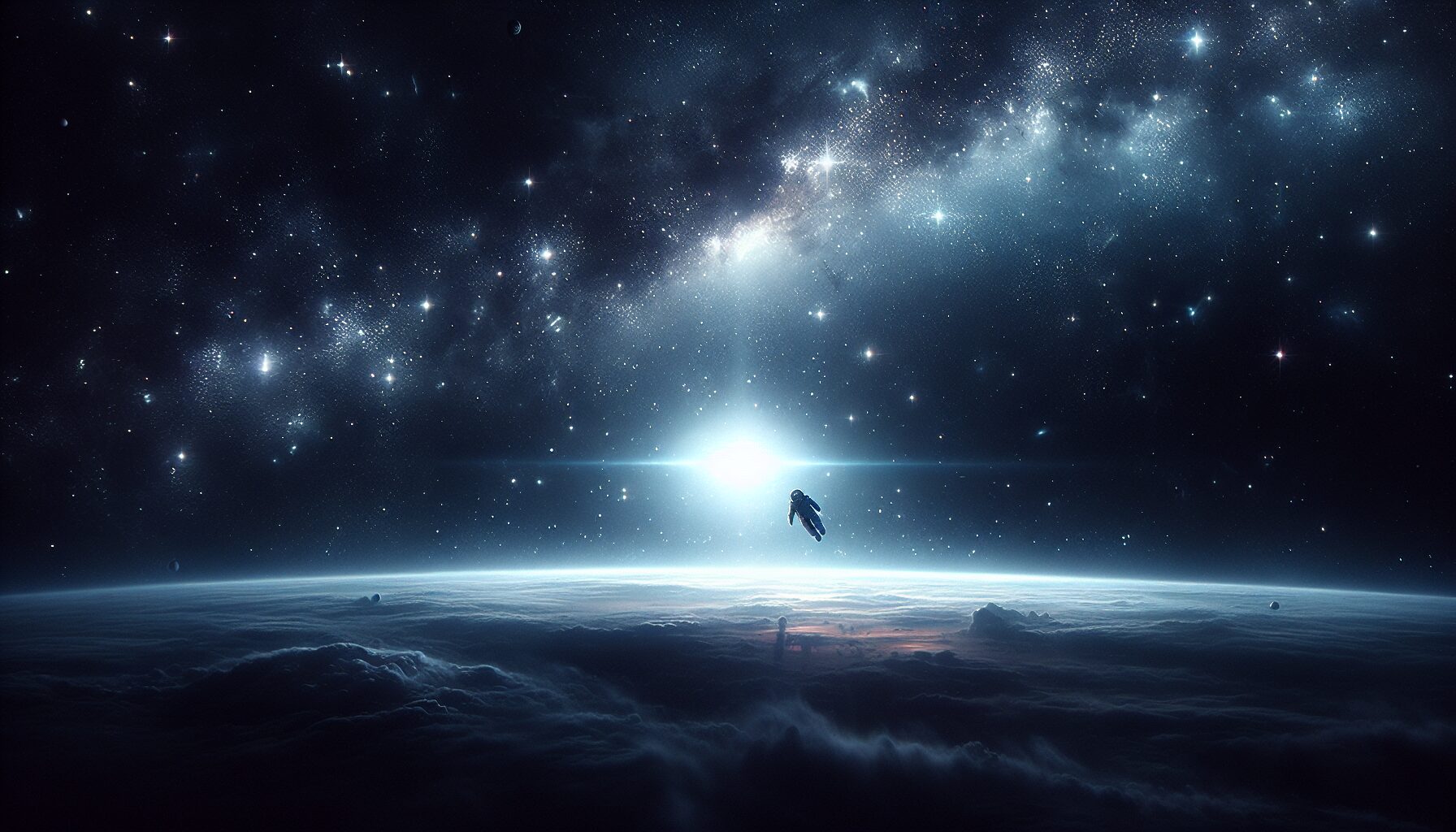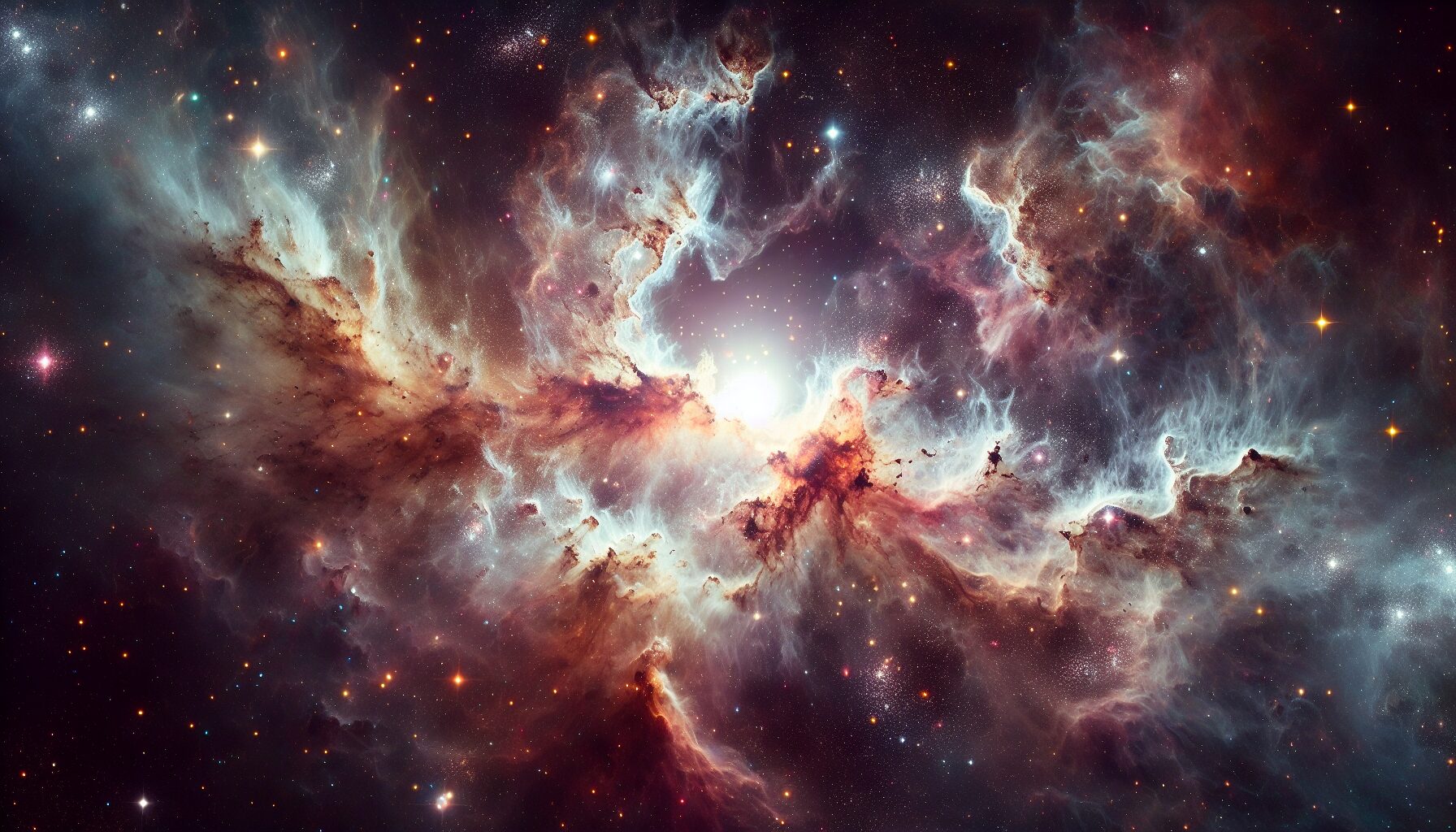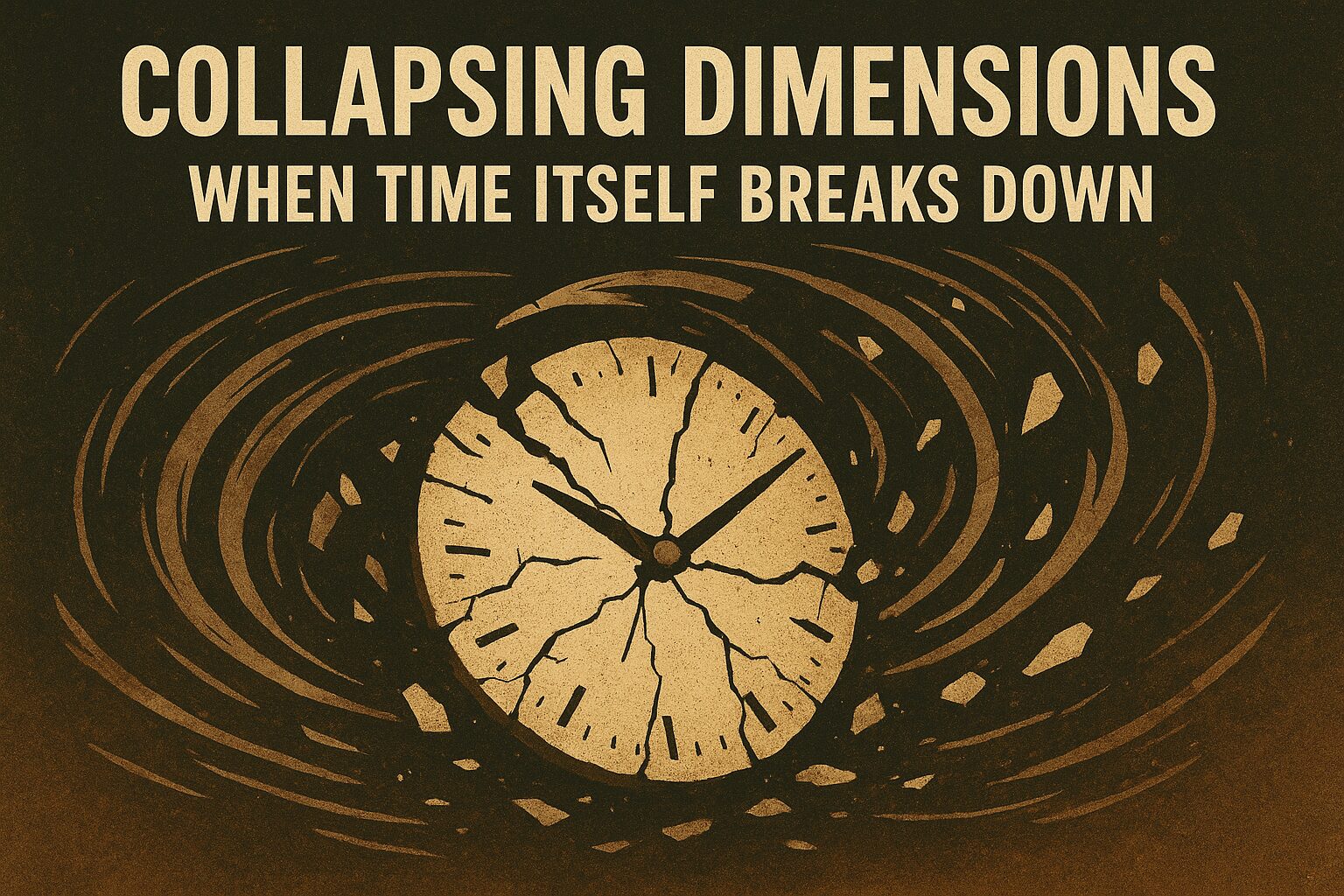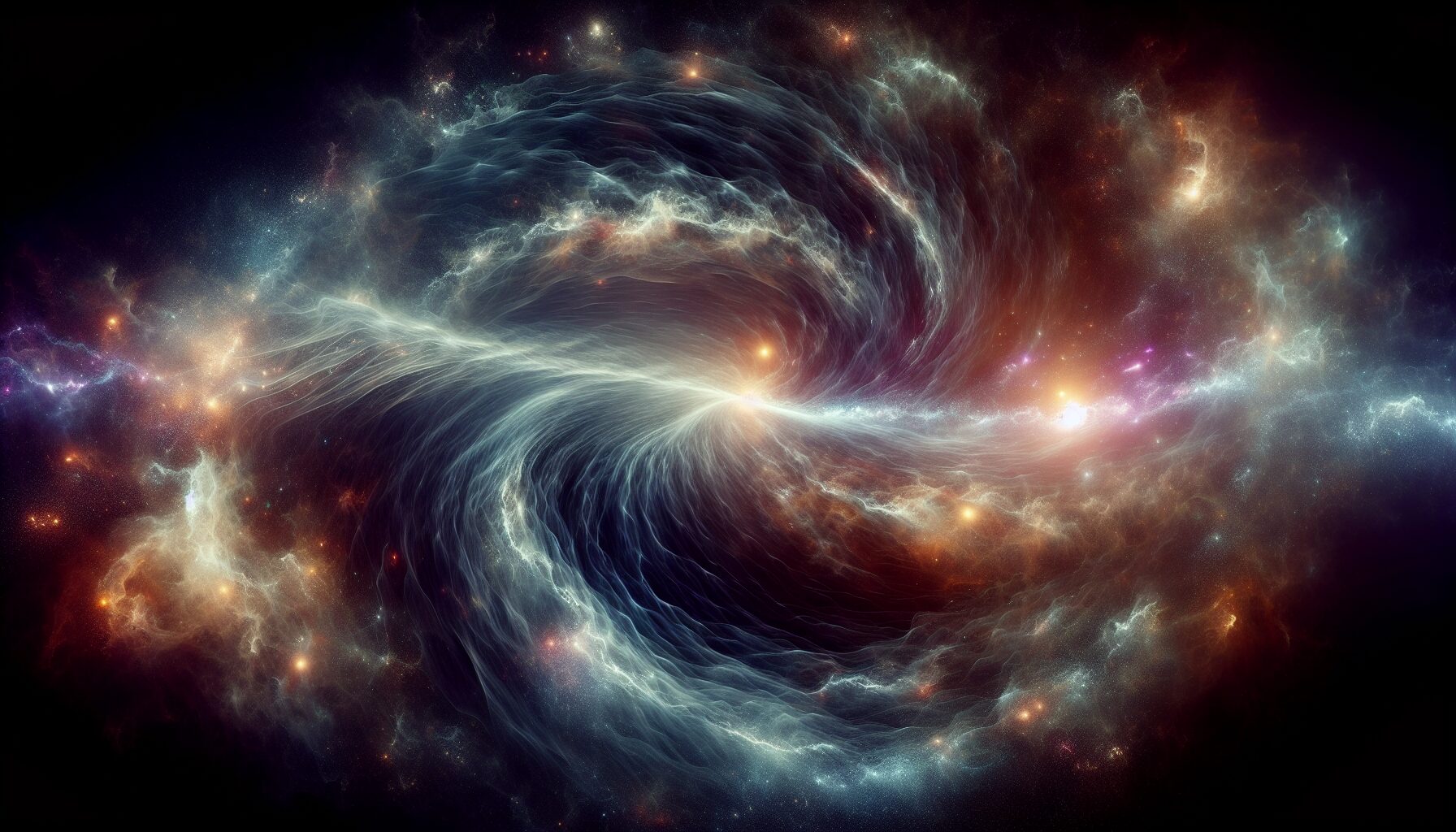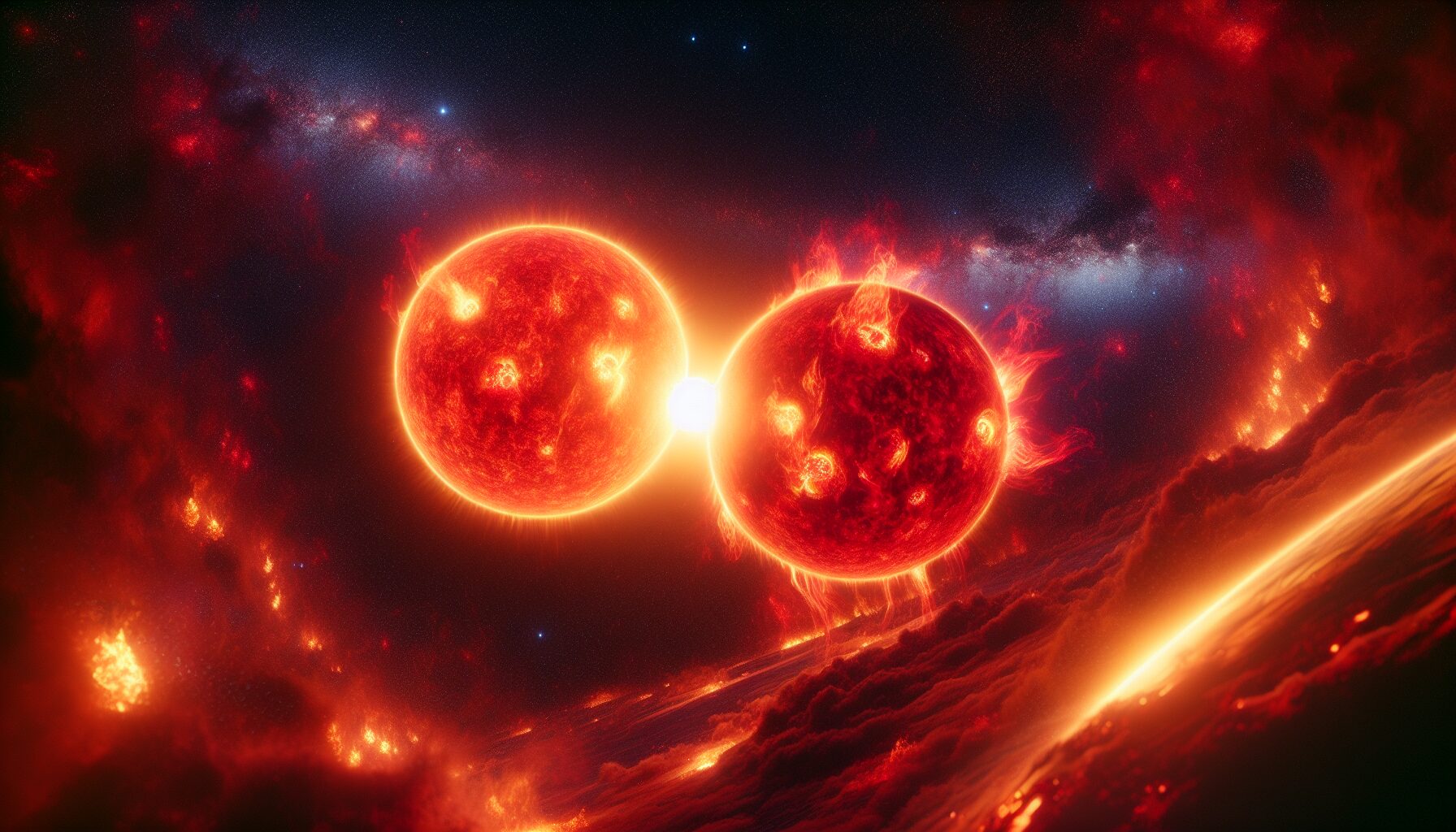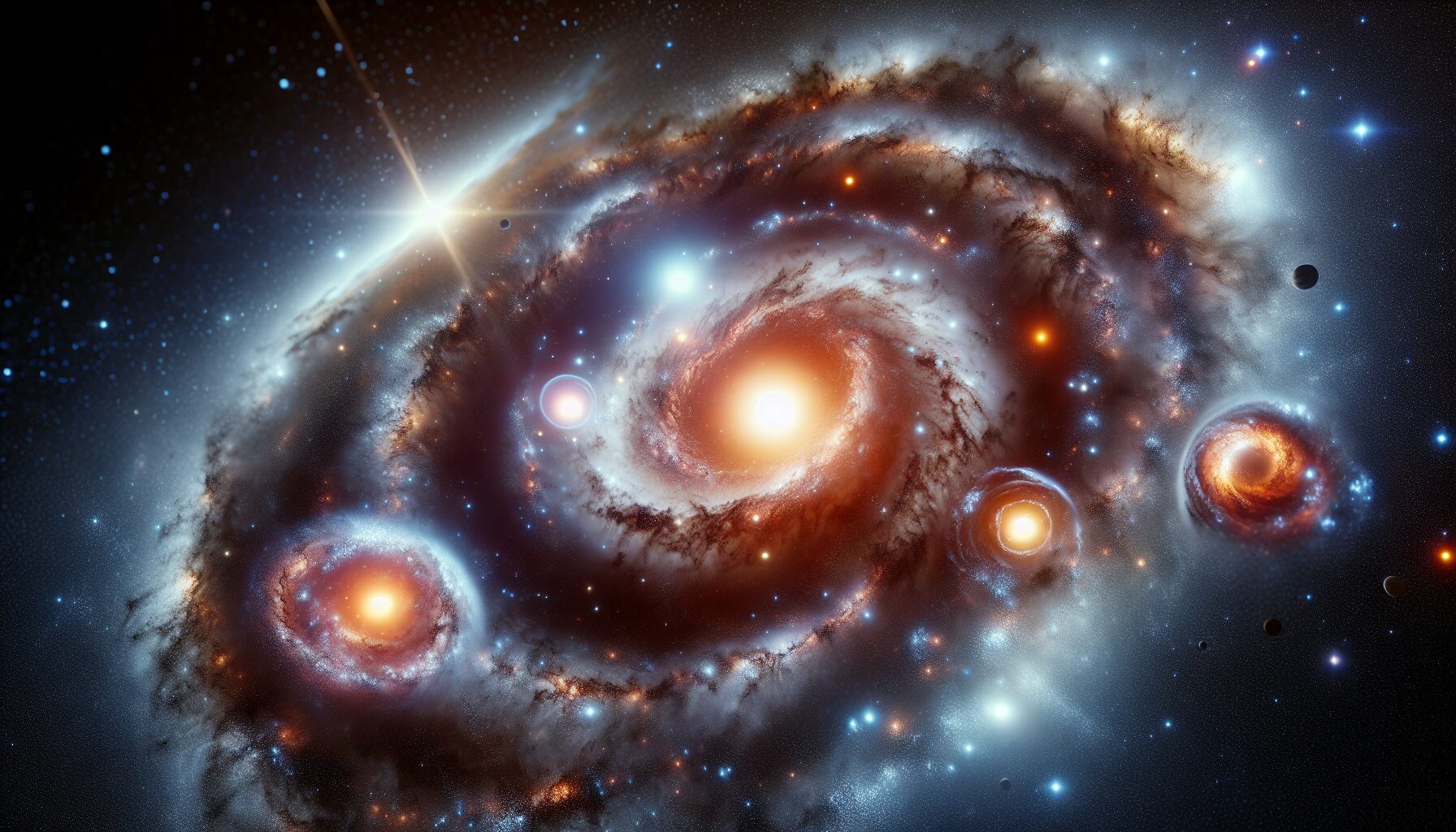Exoplanets as Tombs: Searching for Dead Civilizations
The search for extraterrestrial intelligence is evolving beyond the pursuit of active, thriving civilizations. Increasingly, scientists are contemplating the possibility that exoplanets may serve as tombs for extinct civilizations, offering a cryptic yet profound glimpse into the cosmic history of intelligent life.
The Search for Technosignatures
While the traditional approach in the search for extraterrestrial intelligence focuses on hunting for biosignatures—signs of life such as atmospheric gases that might suggest biological processes—there is a growing interest in identifying technosignatures. These are indicators of advanced technological activities, such as satellite arrays, pollution, or even vast megastructures that could point to the deliberate activities of an intelligent species.
“Technosignatures provide an alternative to biosignature searches by suggesting intelligent activity rather than simply life itself,” explained a NASA report on technosignature research.
Why Dead Civilizations?
One of the most captivating reasons for studying the relics of dead civilizations is rooted in the understanding that civilizations—like stars—may be ephemeral, having birth, evolution, and eventual extinction. By examining the technosignatures of long-gone civilizations, we might discover:
- Clues to advanced technologies: Understanding the sophistication and scale of alien technologies may offer insights into potential futures for humanity.
- Hindsight for sustainability: Recognizing how civilizations may collapse could provide lessons on sustainability and environmental management.
- Evolution of intelligence: Studying how different environmental and cosmic conditions influence the development and decline of intelligence across the galaxy.
Case Studies in Searching
Astandout example of a possible technosignature is the short-lived excitement over the discovery of KIC 8462852, popularly known as “Tabby’s Star.” This star exhibited unusual dimming behavior, leading some to speculate about the presence of an alien megastructure, such as a Dyson Sphere—a hypothetical structure built by an advanced civilization to harvest energy from a star. Although further study attributed the dimming to natural causes, the episode underscored the potential for technosignatures to signal ancient, technologically advanced civilizations.
“The star’s unusual light pattern had us guessing for some time,” said Tabetha S. Boyajian, the lead author of the study published in Nature.
Tools of Discovery
To detect such traces of vanished civilizations, astronomers use advanced tools and methods, including:
- Telescopes with enhanced sensitivity: Next-generation telescopes like the James Webb Space Telescope can detect subtle signs of technosignatures on distant exoplanets.
- Artificial intelligence: Machine learning algorithms can sift through vast amounts of data from radio telescopes and optical observatories to identify potentially artificial patterns.
- Spectral analysis: Examining the light spectrum for anomalies, such as unusual chemical compositions, that might suggest industrial activities.
The Philosophical Implications
The quest to find dead civilizations extends beyond scientific curiosity into profound philosophical territory. It poses questions on existential risks, the life cycle of technological societies, and humanity’s future trajectory. If civilizations can indeed rise and fall in the blink of a cosmic eye, it challenges us to contemplate:
- Our place in the cosmos—Are we alone, or is intelligent life widespread but fleeting?
- The fate of technology—Can we avoid the mistakes of those who might have come before us?
- Legacy and memory—What will remain of human civilization in the far future?
As scientists peering into the night sky continue their search, the possibility of discovering the quiet echoes of long-gone societies reminds us both of the grand potential and the inherent frailty of intelligent life. Exploring exoplanets as tombs inspires a cosmic humility—a recognition that our achievements and our survival are part of a much larger tapestry that spans billions of years and innumerable worlds.
